Note: This book is in the public domain and can be found free online here: (Mental Radio)
Upton Sinclair (September 20, 1878 – November 25, 1968) was an American author, muckraker journalist, and political activist, and the 1934 Democratic Party nominee for governor of California. He wrote nearly 100 books and other works in several genres. His most famous book was The Jungle.
The Jungle, published in 1906, remains one of the most widely known pieces of realist literature from the early 20th century. It was an exposé of the brutal exploitation of immigrant workers in Chicago’s meatpacking industry. The book sparked outrage among many, who protested not the working conditions of the meatpacking plants, but the unsanitary conditions within them. It triggered an investigation of the meatpacking industry that led to the enactment of the Pure Food and Drug Act and the Meat Inspection Act (1906). Sinclair commented, “I aimed at the public’s heart, and by accident I hit them in the stomach.”
Another famous work by Sinclair was the novel Oil, published in 1926. Perhaps most well-known today as the inspiration for Paul Thomas Anderson’s film There Will Be Blood, Upton Sinclair’s novel Oil! Burst into the literary limelight amid soaring petroleum profits and gaping inequalities in 1927.
However, here I wish to discuss a book Sinclair wrote in 1929 titled Mental Radio. Sinclair’s wife, Mary Craig Sinclair, known as ‘Craig,’ who had been aware all her life that she could sense things that had not yet happened, or which she had no rational access to. She and her husband decided to
The subject of the book revolves around a series of drawings that were made in another room outside Craig’s presence, which she was able to duplicate, apparently telepathically or through clairvoyance. Sinclair wrote that there were a total of 290 drawings, 38 of which were prepared by his secretary, while he created 252, totaling 290. (Note: This seems to be an error as 5 of the drawings, figures 1, 16, 17, 18, 19, were drawn by Craig’s brother-in-law, Bob Irwin.) Sinclair wrote that in the 290 drawings, the total number of successes is 65, which is roughly 23 percent. The total of partial successes is 155, which is 53 per cent. The total number of failures is 70, which is 24 percent.
Sinclair was a close friend of Albert Einstein. He and his wife would often visit the Einsteins’ home and vice versa. Sinclair asked Einstein to write a preface for the German edition of Mental Radio. Here is an English translation of that preface by Albert Einstein
I have read the book of Upton Sinclair with great interest and am convinced that the same deserves the most earnest consideration, not only of the laity, but also of the psychologists by profession. The results of the telepathic experiments carefully and plainly set forth in this book stand surely far beyond those which a nature investigator holds to be thinkable. On the other hand, it is out of the question in the case of so conscientious an observer and writer as Upton Sinclair that he is carrying on a conscious deception of the reading world; his good faith and dependability are not to be doubted. So, if somehow the facts here set forth rest not upon telepathy, but upon some unconscious hypnotic influence from person to person, this also would be of high psychological interest. In no case should the psychologically interested circles pass over this book heedlessly.
- Einstein May 23, 1930
In the following pages, I have copied and pasted 12 of the 290 drawings that were part of the experiment. The first figure will be what Sinclair drew while in another room. Then that same figure number, followed by an “a,” will be what Mrs. Mary Craig Sinlair drew. Two of the figures, Figures 1 and 16, were drawn by Bob Irwin—the rest by Sinclair himself. The drawings made by Bob Irwin were made while Bob was at his home in Pasadena, California, and Craig was in her home in Long Beach, some 40 miles away.
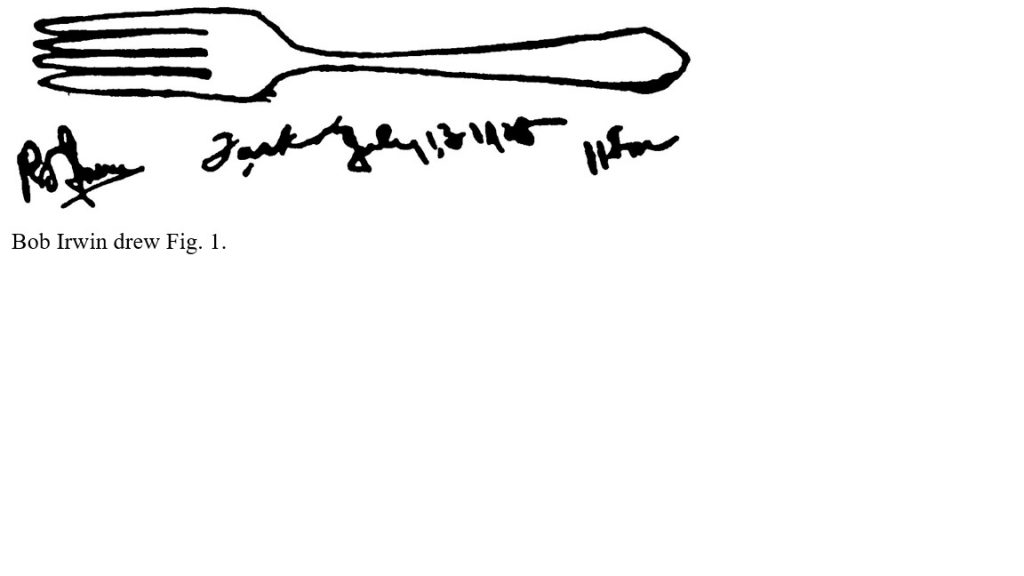
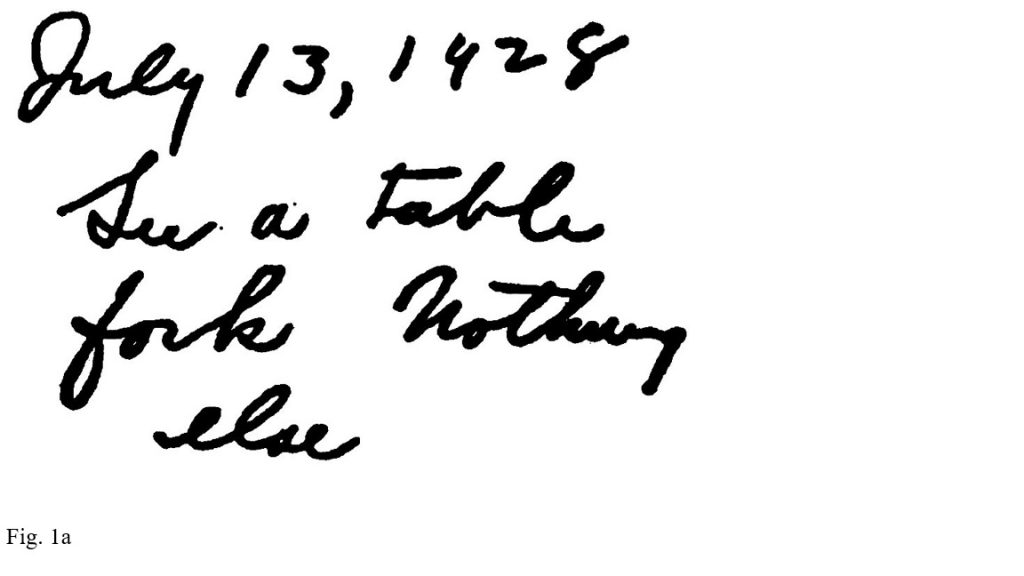

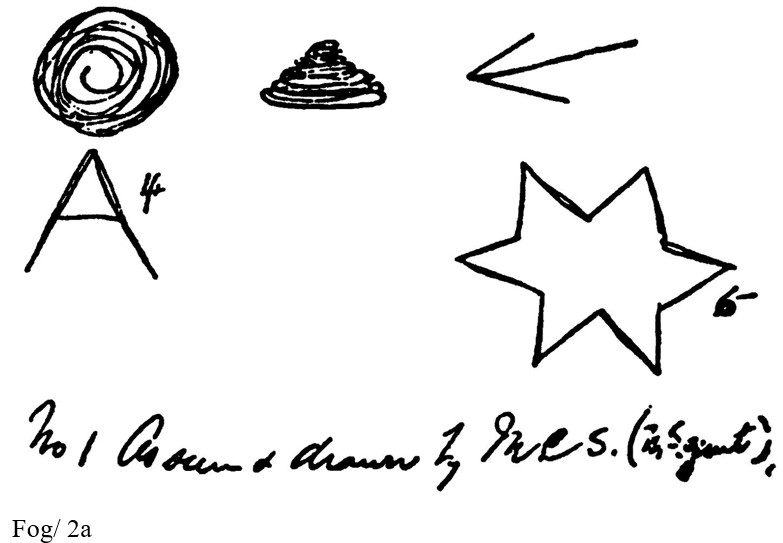

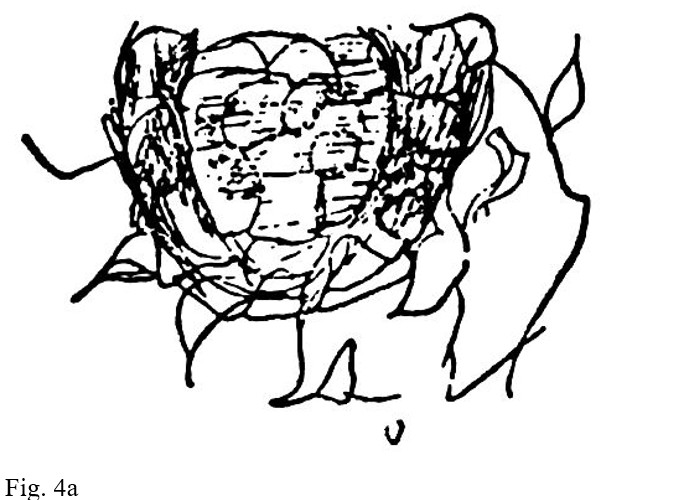
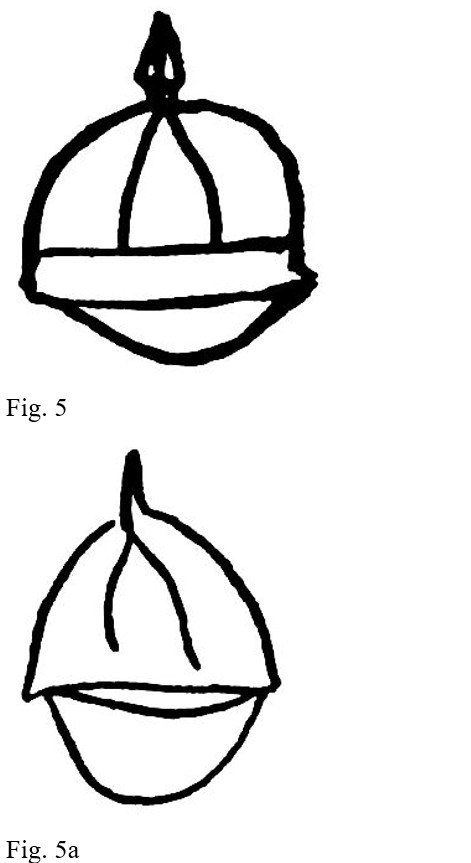

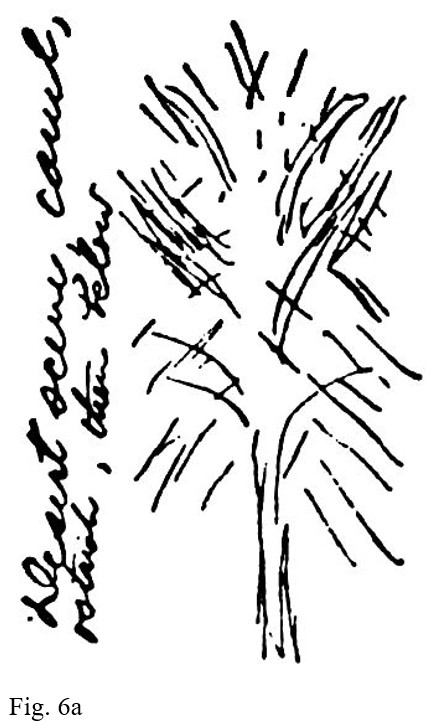


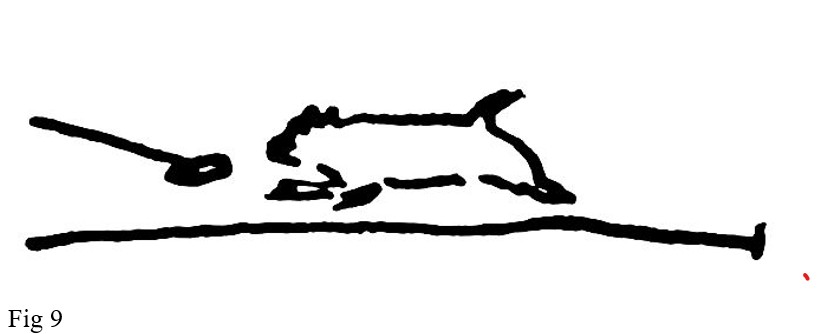



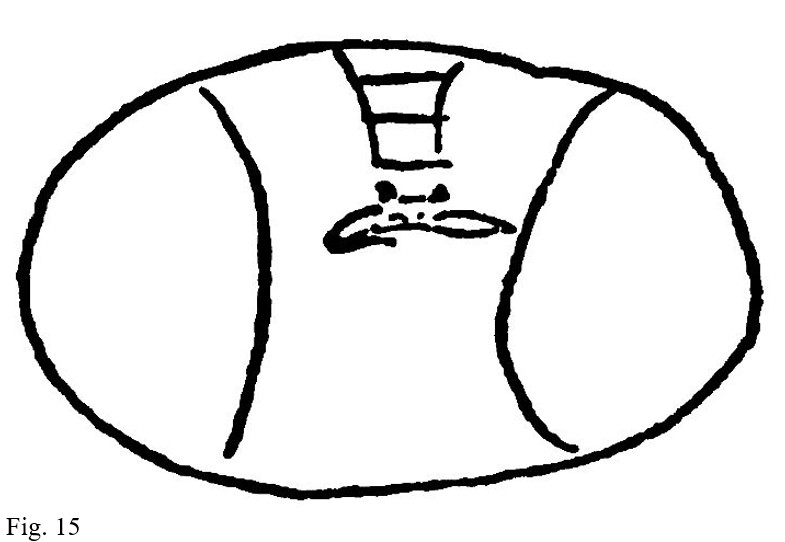
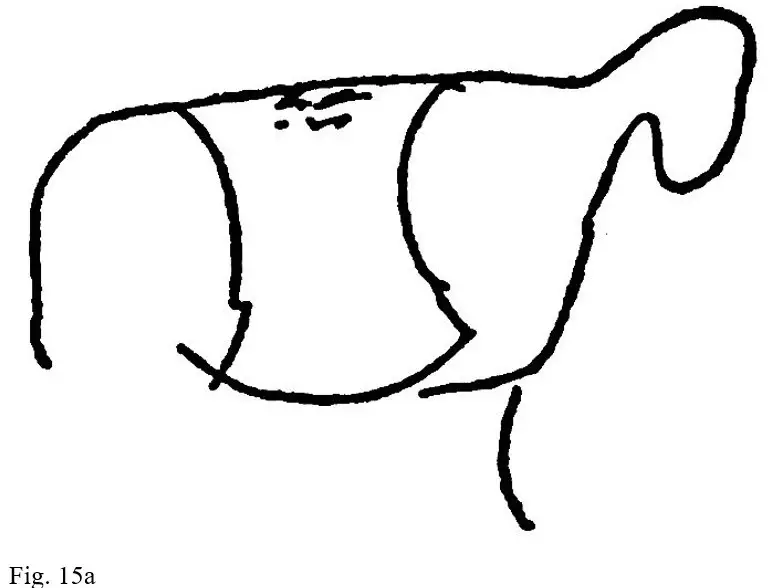
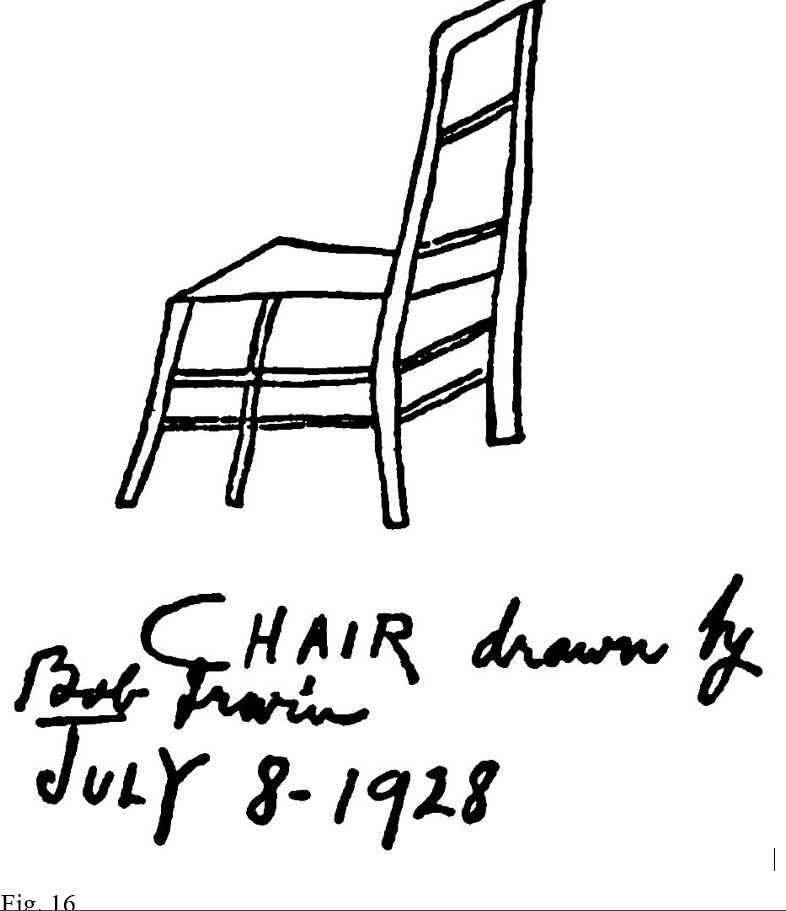
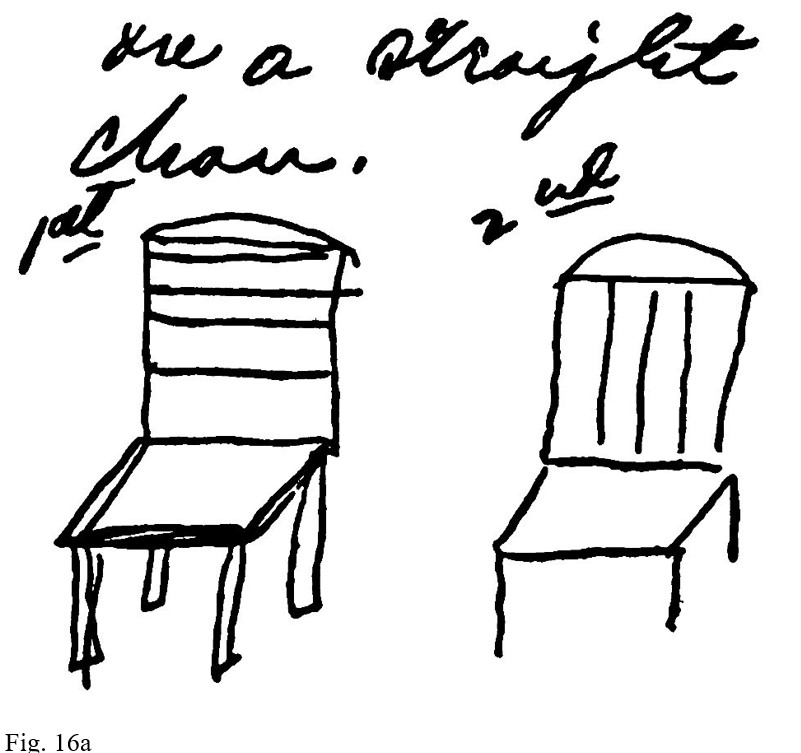

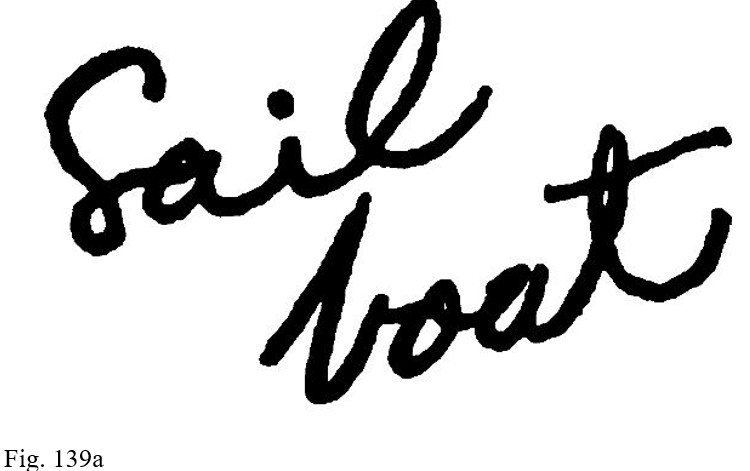
Before I delve into what this means if one accepts the validity of the events depicted in the book, I will look at the criticism of the book. A search of the web for minor criticism of the work, other than saying that psychology departments, in general, dismissed the results as unscientific and unreliable. I found only one prominent name that questioned the work. That was Martin Gardner, an American mathematician, popular science writer, magician, and skeptic. Garner was only a teenager when the book was published, but later wrote articles critical of the book and Sinclair himself.
Garner complained that Sinclair was gullible about what he referred to as pseudoscience. In other words, he actually believed in telepathy. In other words, he believed what he wrote about. Imagine that! Here is Garner’s own words on the subject, courtesy of Wikipedia:
“In the first place, an intuitive wife, who knows her husband intimately, may be able to guess with a fair degree of accuracy what he is likely to draw—particularly if the picture is related to some freshly recalled event the two experienced in common. At first, simple pictures like chairs and tables would likely predominate, but as these are exhausted, the field of choice narrows, and pictures are more likely to be suggested by recent experiences. It is also possible that Sinclair may have given conversational hints during some of the tests—hints which, in his strong will to believe, he would promptly forget about. Also, one must not rule out the possibility that in many tests, made across the width of a room, Mrs. Sinclair may have seen the wiggling of the top of a pencil, or arm movements, which would convey to her unconscious a rough notion of the drawing.”
Sinclair later complained that Garner obviously had not read the book, because the book clearly states that he was in another room when he made his drawings. Also, the claim that his wife was able to guess what the drawing was because, after simple subjects like tables and chairs had been exhausted, the choices narrowed to things they had recently discussed.
That claim is further proof that Garner had not bothered to read the book he was claiming had little credibility. Of the first choices, there were no tables or chairs. Only the first one, a fork drawn by her brother-in-law, was a common object. A chair, also drawn by her brother-in-law, did not come until figure 16. The most absurd of all was the suggestion that they had discussed things beforehand and she simply guessed, from those discussions, what Sinclair drew. I call your attention to Figure 7, which they could not possibly have discussed before, as it has no name.
Figure 7 is not a place or an object; it is simply an abstract drawing. It is a drawing of spikes radiating out from the center, with a V-shaped notch in every spike. While Sinclair’s drawing had eight spikes and Craig’s had only seven, the V-shaped notch in each spike was uncanny. The chances of having guessed what he had drawn, by pure chance, that accurately, would not be one in a million; it would be far greater than one in a billion.
Criticism without examining the evidence, as Garner did, is a common practice among so-called skeptics. They are not skeptics at all, they are deniers. A skeptic doubts and demands evidence. A denier does not doubt that shit, they believe, just isn’t possible, so there is no reason to even look at what they claim is evidence—no need, they say, because there cannot be valid evidence for anything impossible. As professional deniers, Dr. Arthur S. Reber and Dr. James Alcock put it, “Pigs Cannot Fly. Hence, data that suggest that they can are necessarily flawed and result from weak methodology, improper data analyses, or are Type I errors.” They make the bold claim: “The data are irrelevant.”
Well-known physicist and author Dr. Sean Carroll makes a similar claim in an article on the web, Telekinesis and Quantum Field Theory.
You don’t need to set up elaborate double-blind protocols to pass judgment on the abilities of purported psychics. Our knowledge of the laws of physics rules them out. Speculations to the contrary are not the provenance of bold visionaries; they are the dreams of crackpots.
So, according to Dr. Carroll, Upton Sinclair is a crackpot. According to materialists like Carroll, Reber, and Alcock, all psychic phenomena violate the laws of physics, and nothing can violate the laws of physics.
I have bolded that part of the last sentence because that is what this debate is all about. Physicists like Dr. Carroll and psychologists like Drs. Reber and Alcock are correct, all psychic phenomena do violate the laws of physics. For instance, remote viewing violates the inverse square law as the phenomenon does not diminish with distance. I agree, nothing in the material world can violate the laws of physics. But that is the point of contention! Is the material world all that exists? I cannot find a reliable estimate, but I would estimate that over half of all physicists and well over half of all psychologists are staunch materialists. That is, they hold materialism as a dogma, a principle that is incontrovertibly true. However, a 2023 Pew Research poll shows that over 80% of Americans disagree with them. Of course, public opinion proves nothing. But neither does the opinion of half the physicists and psychologists. There are many
https://www.pewresearch.org/religion/2023/12/07/spirituality-among-americans/
The vast majority of prominent physicists in the first half of the twentieth century were not materialists. Max Planck, Albert Einstein, Erwin Schrödinger, Wolfgang Pauli, Werner Heisenberg, and Niels Bohr were none of these individuals were materialists. And among the more recent physicists such as Paul Davies, Roger Penrose, John Polkinghorne, Francis Collins, and Sabine Hossenfelder. Again, it’s just a wild ass guess. Still, I would estimate that over half of today’s physicists are materialists, about seventy-five percent of psychologists, and about twenty-five percent of philosophers are materialists. I would not estimate how many scientists who are not physicists are materialists, but as for the general public, it’s less than twenty percent.
While it is true that science deals only with the material world, materialism is not the scientific position. Science has no position on the non-material world if it exists. And I believe the overwhelming consensus of evidence is that it does exist.
Upton Sinclair’s Mental Radio is not an outlier. Such tests have been going on for 150 years. Materialists turn their heads away and pretend they do not exist. And those who acknowledge the existence of the overwhelming evidence dismiss it as flawed research or fakery.
It is essential to understand that if just one case of remote viewing, such as those we find in Mental Radio, is validated as authentic, then the entire materialist world comes crashing down, Just one case of ESP of any kind, just one case of a prophetic dream happening exactly as it was depicted, or if just one case of out of body experience such as depicted in many of the thousands of near-death-experiences, then the materialist paradigm if proven false. “William James famously stated that to disprove the claim “all crows are black,” it’s not necessary to prove that no crows are black, but rather to provide just one white crow. To confirm that materialism is false, you only need one authentic case of a non-material event, such as one case of remote viewing. One test by Upton Sinclare, as shown in Figure 7, proves that.
Criticism without examining the evidence, as Garner did, is a common practice among so-called skeptics. They are not skeptics at all, they are deniers. A skeptic doubts and demands evidence. A denier does not doubt that shit, they believe, just isn’t possible, so there is no reason to even look at what they claim is evidence—no need, they say, because there cannot be valid evidence for anything impossible. As professional deniers, Dr. Arthur S. Reber and Dr. James Alcock put it, “Pigs Cannot Fly. Hence, data that suggest that they can are necessarily flawed and result from weak methodology, improper data analyses, or are Type I errors.” They make the bold claim:“The data are irrelevant.”
I’d appreciate your comments, whether good or bad; please share your thoughts. I will respond to every comment that requires one.
Ron
